 TECH
TECH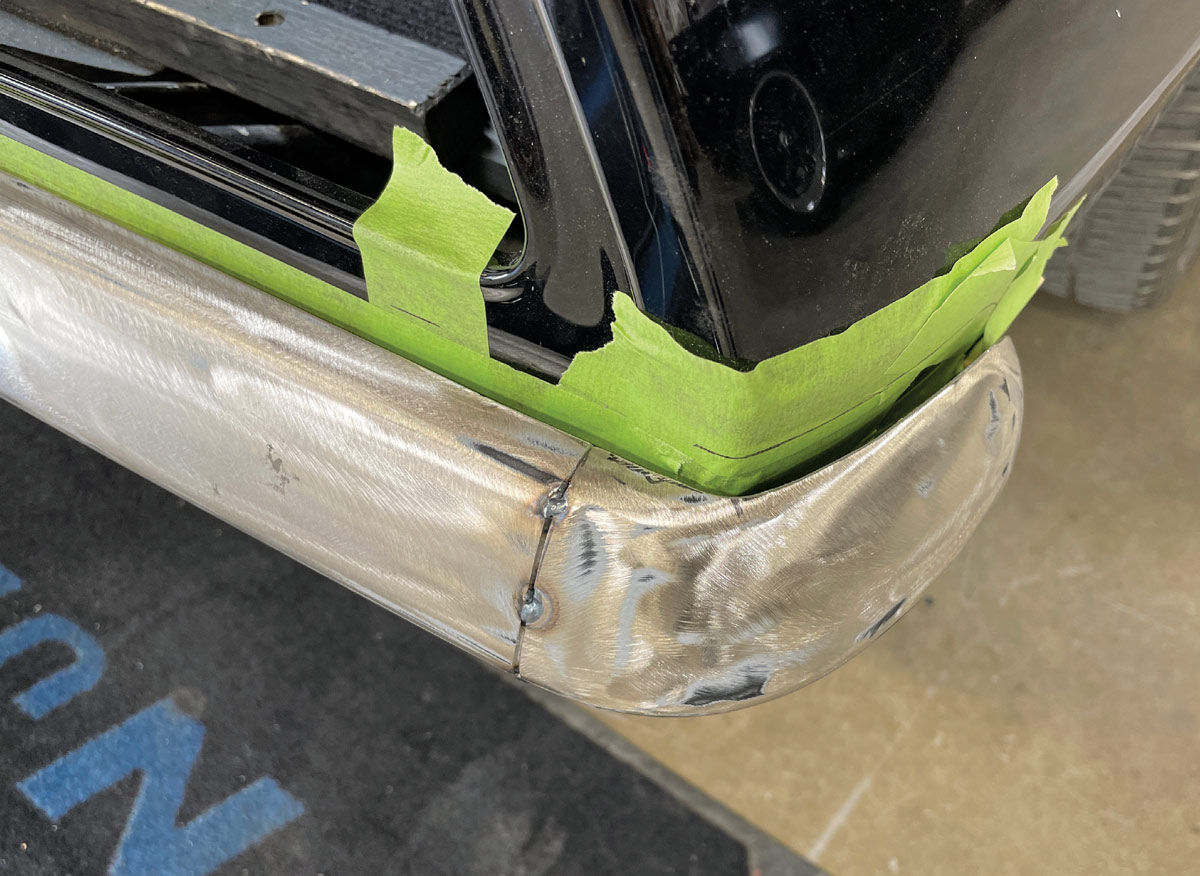
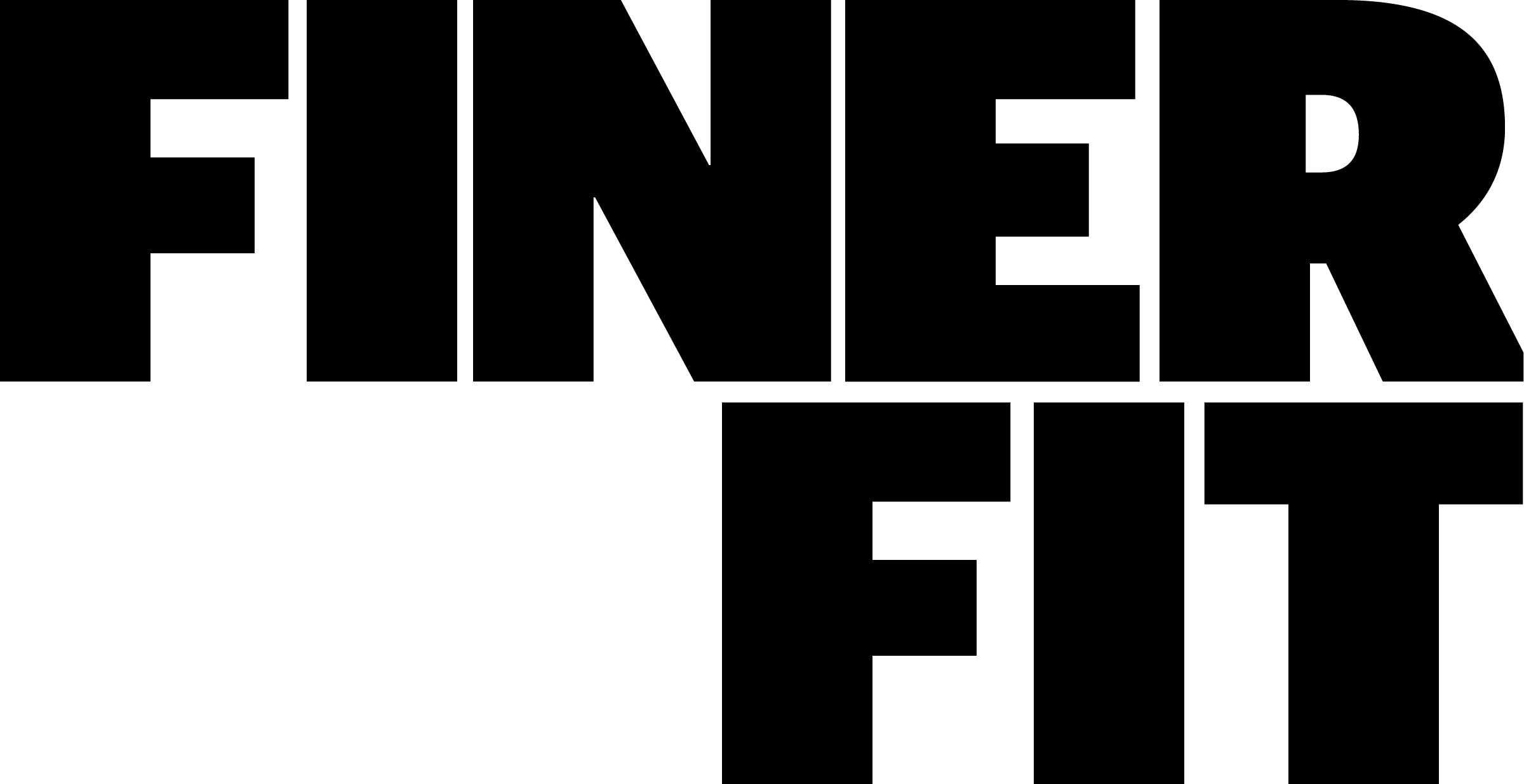
 Images BY THE AUTHOR
Images BY THE AUTHORumpers are not something typically high on the build priority list, but if you’re building any kind of custom or street machine, or even a hot rod, you really need the bumpers tucked to fit perfectly and certainly tighter than factory.
Recently, while touring Mick’s Paint in Pomona, California, we came across Jeff Pont’s 1969 Camaro that was undergoing a complete makeover from front to rear bumper. Now, Pont’s a detail guy so he likes things to fit, and fit better ’n’ factory, and the stock bumpers were just not cutting it. Stepping up to the task was Pauly Rivera, Mick’s crafty fabricator, to make the factory bumpers fit, well, like they should have from the factory with no visible fasteners. In this case, the bumpers were eventually to be painted body color and not chrome plated. Were they to have been chromed, then a whole lot more finish work would have been necessary.
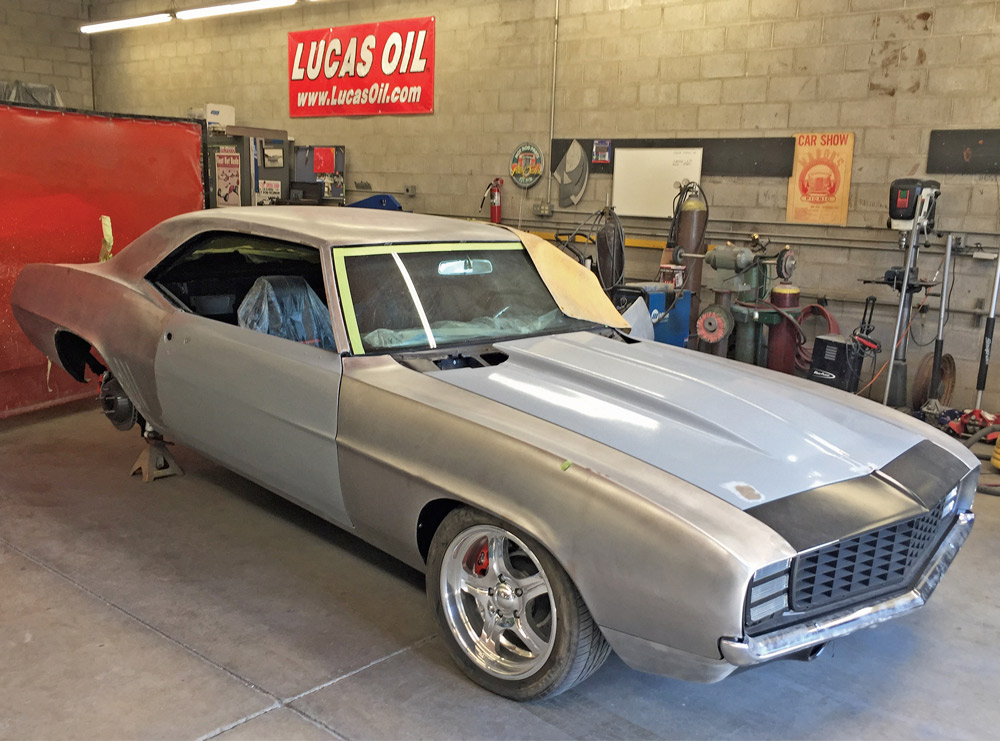

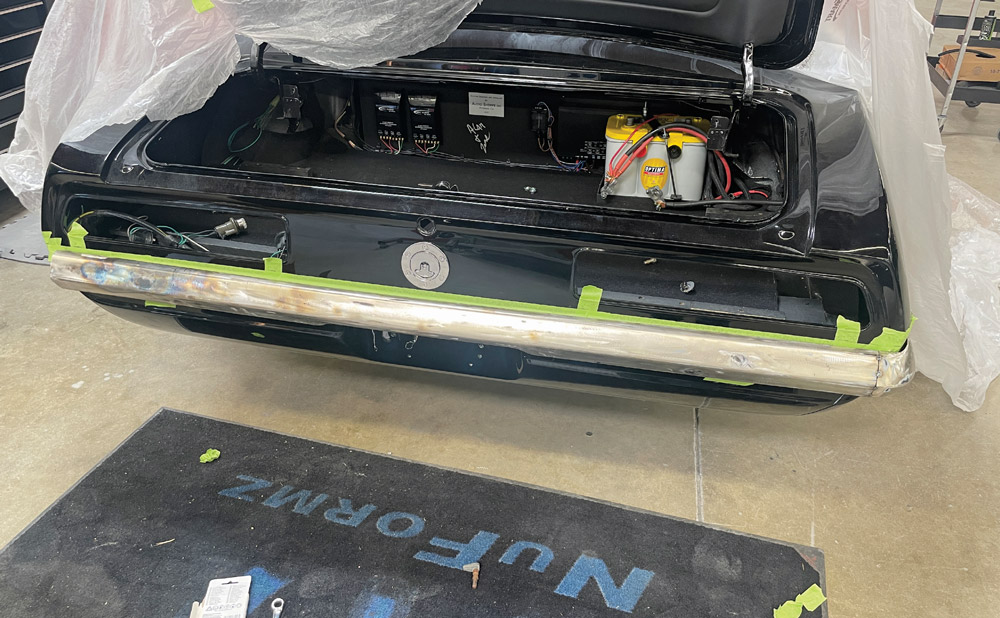
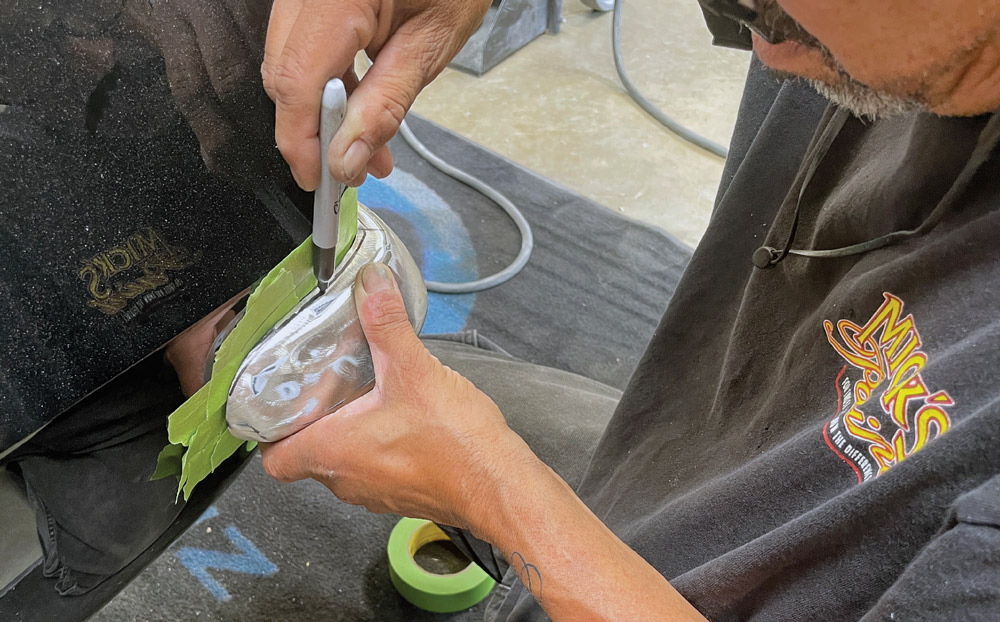
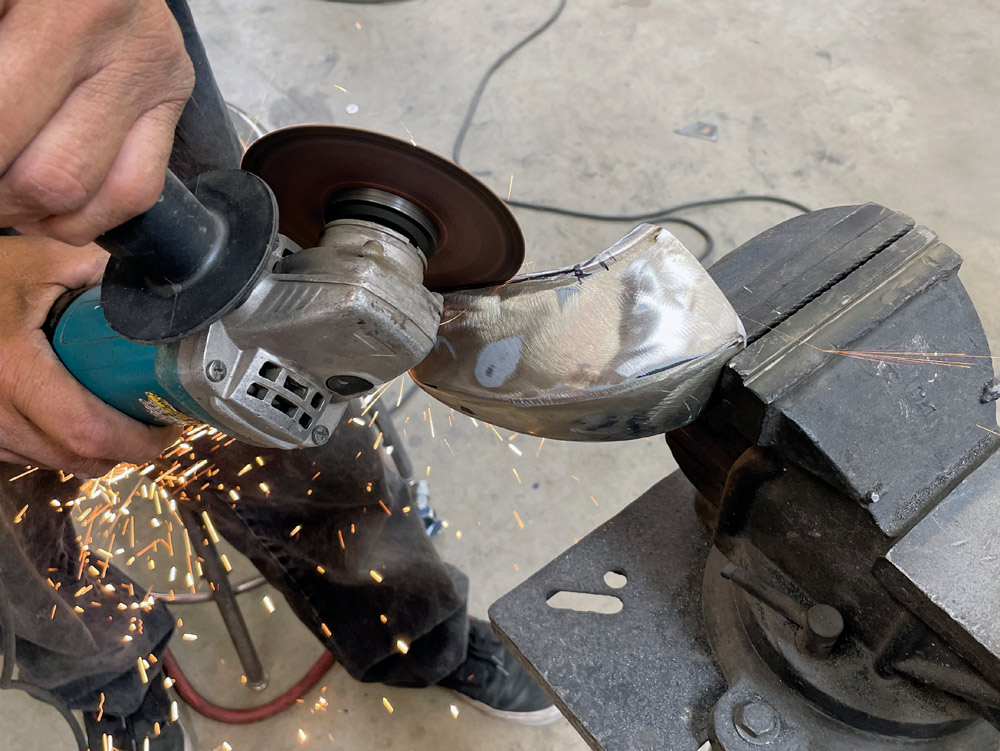
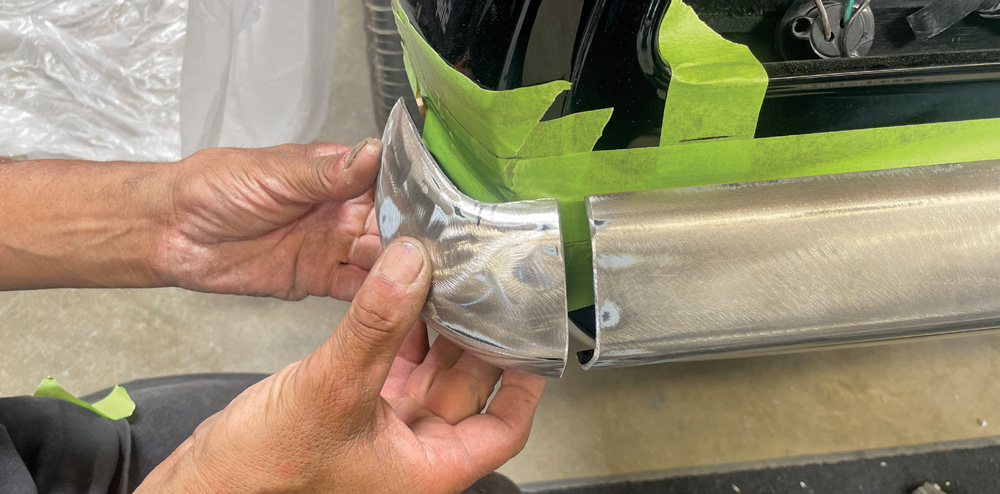

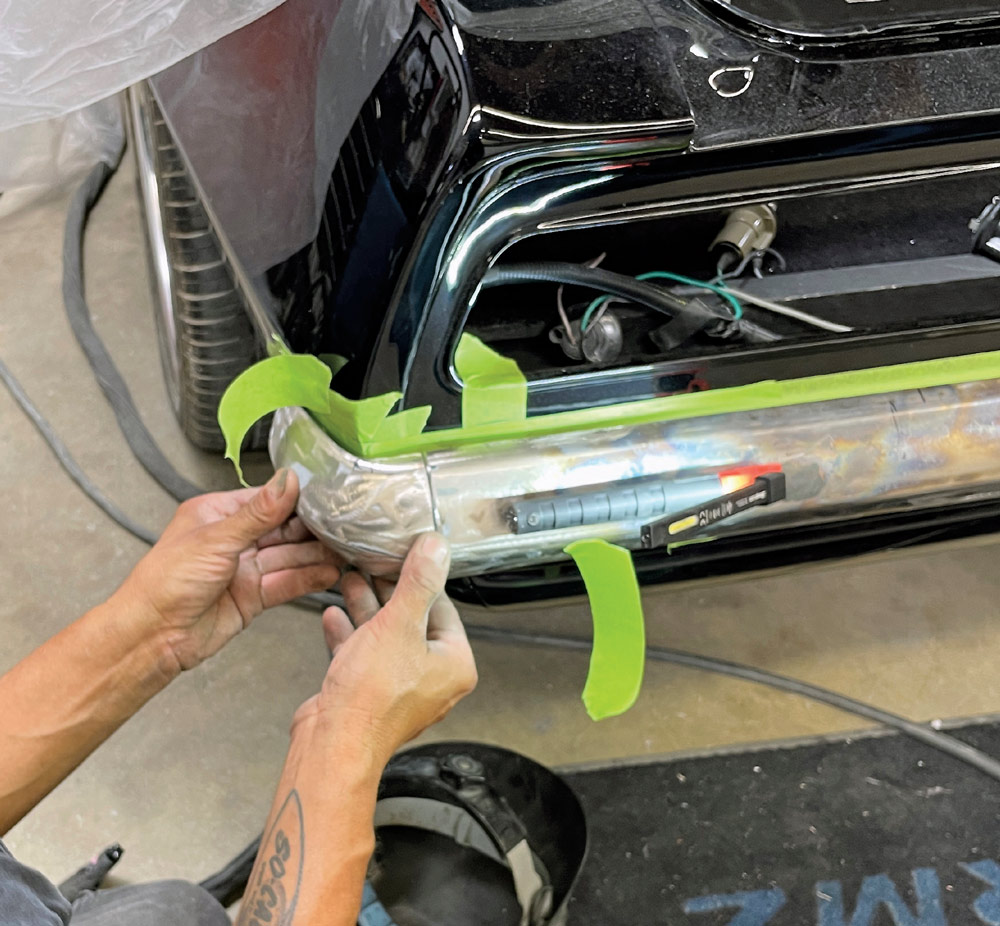
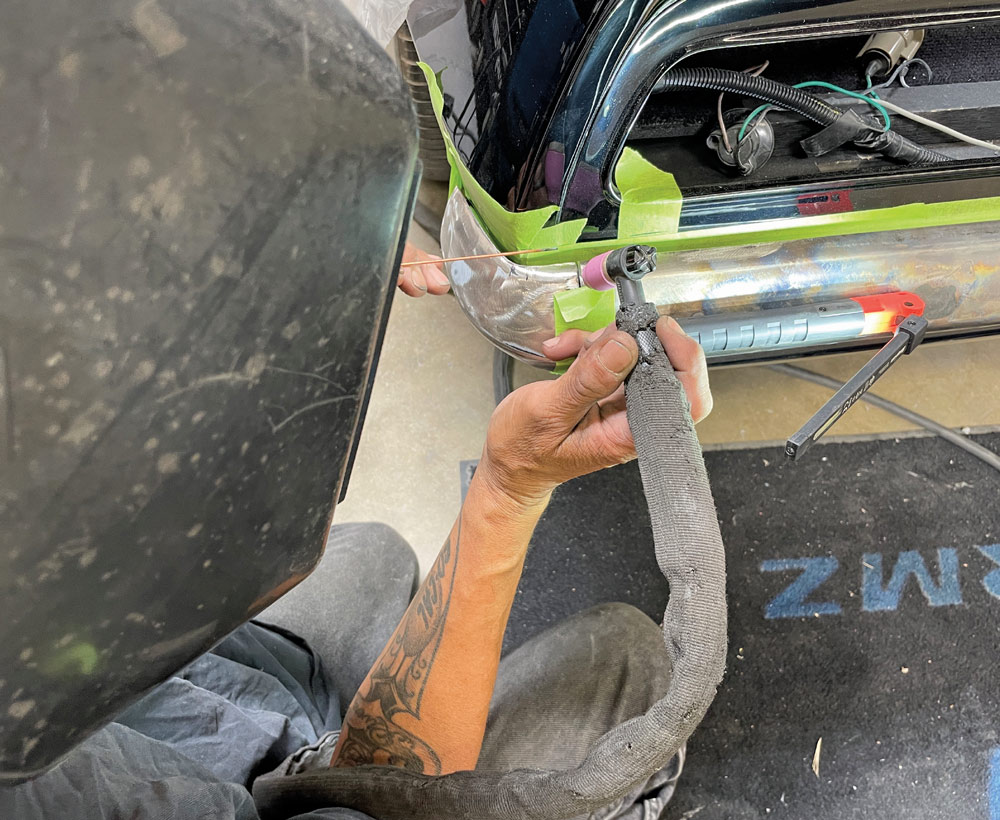
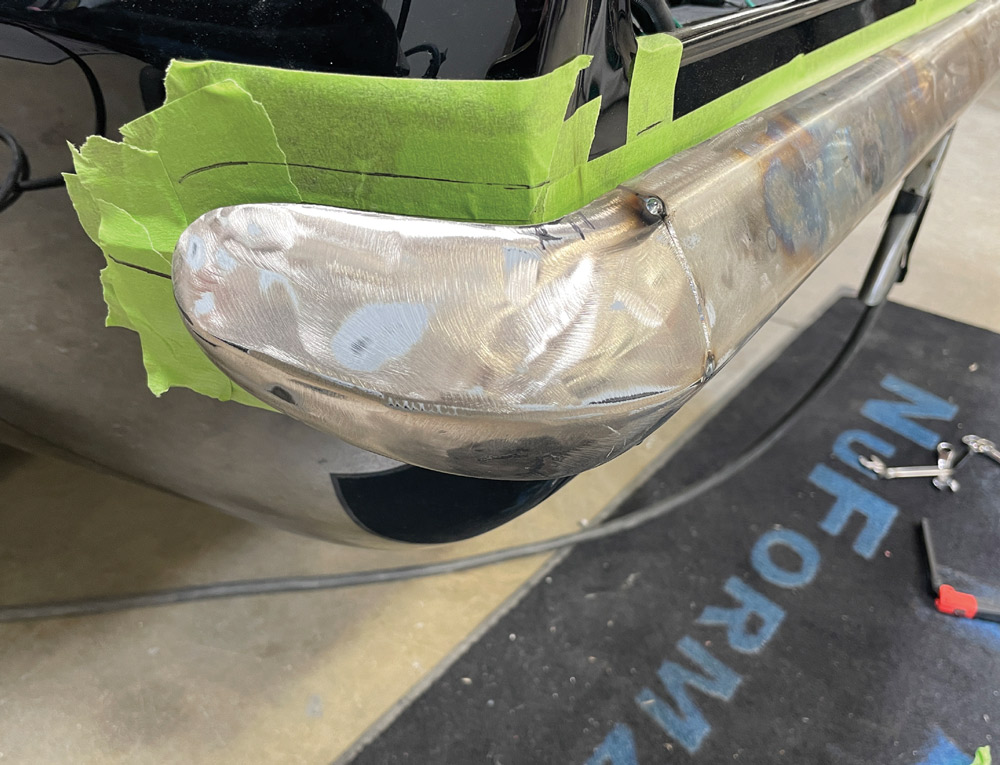

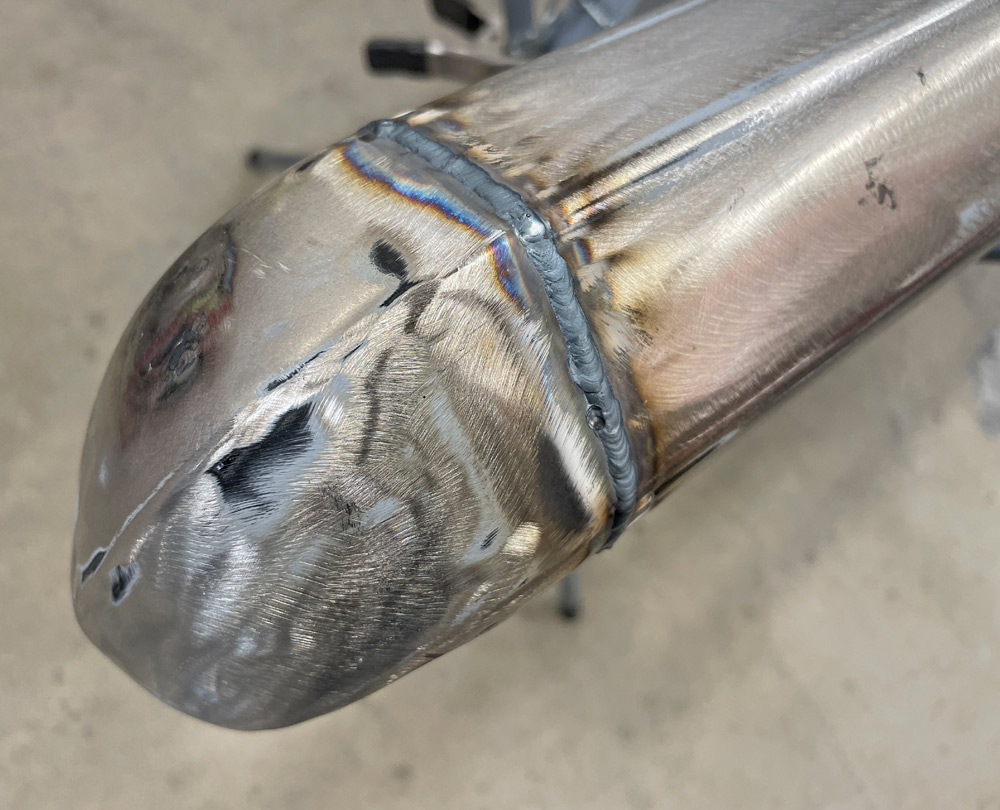

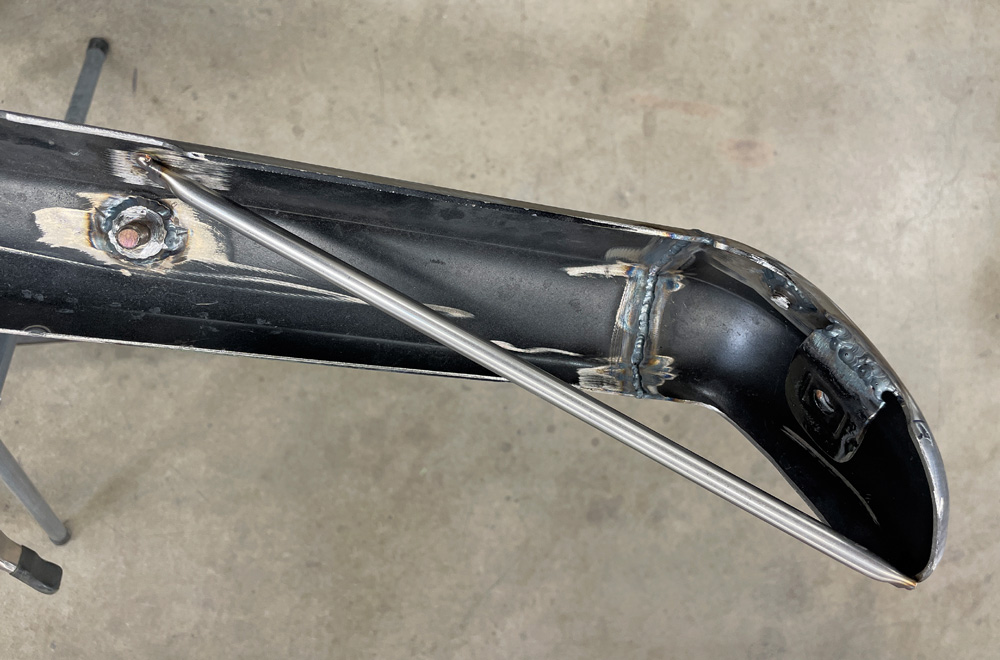
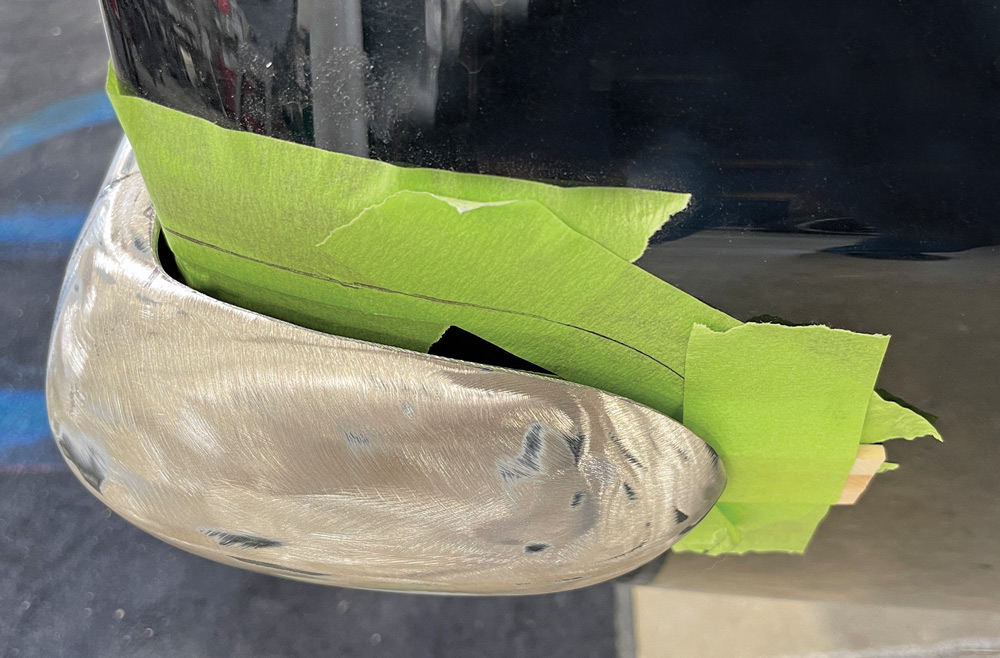


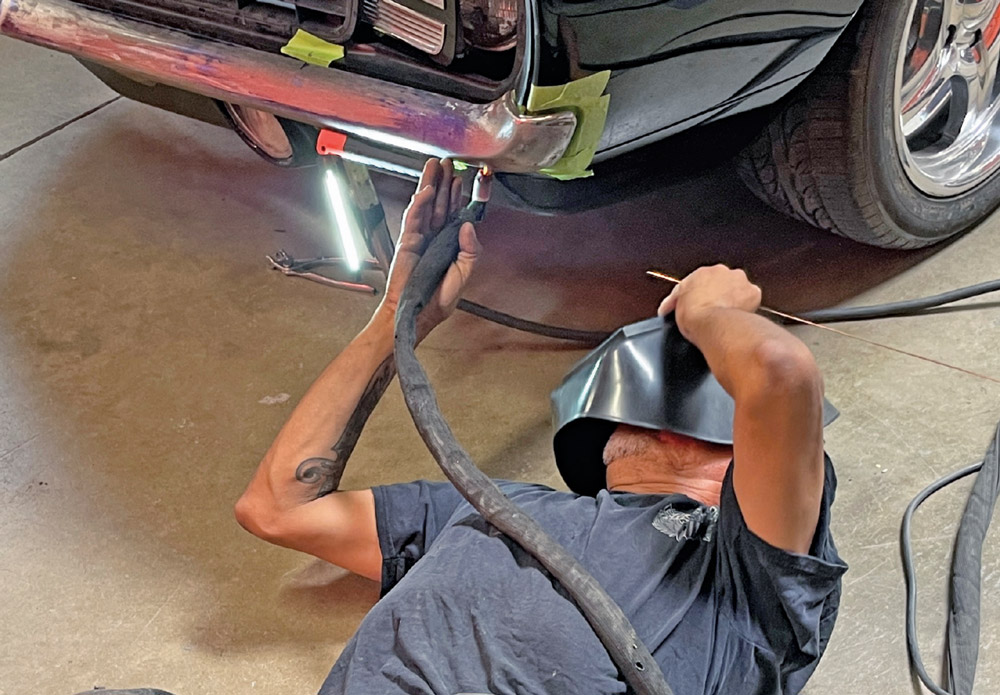
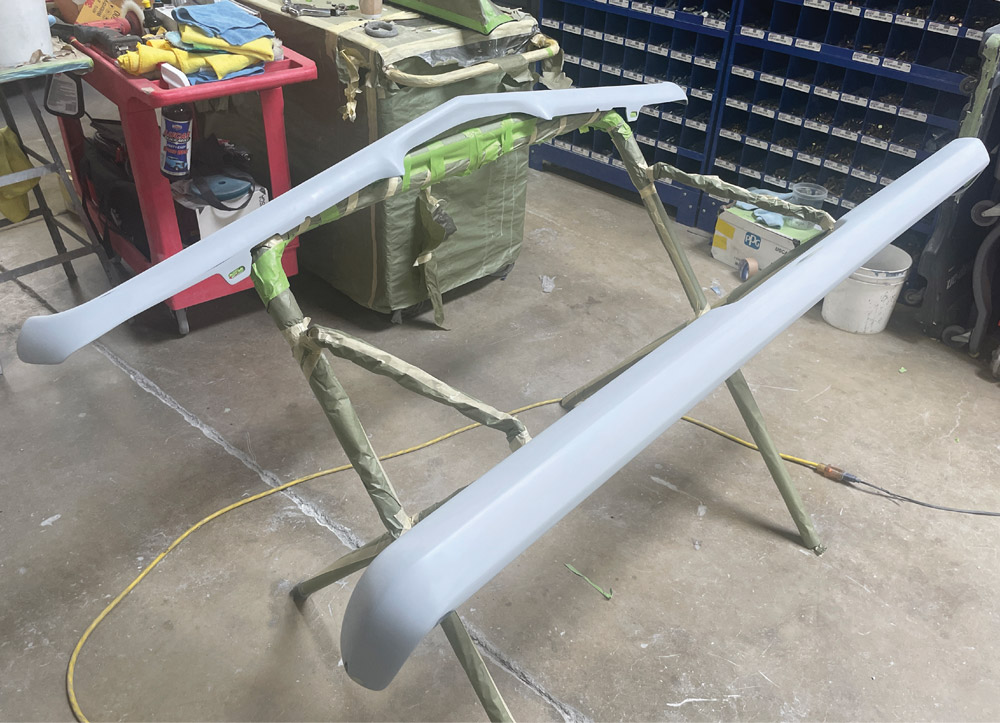
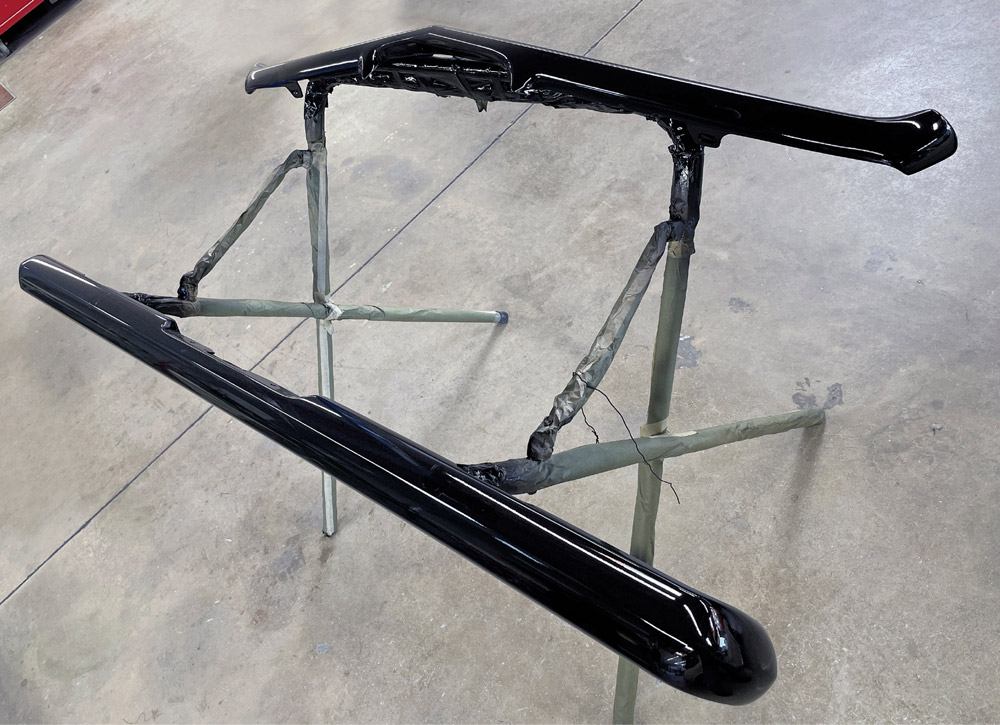
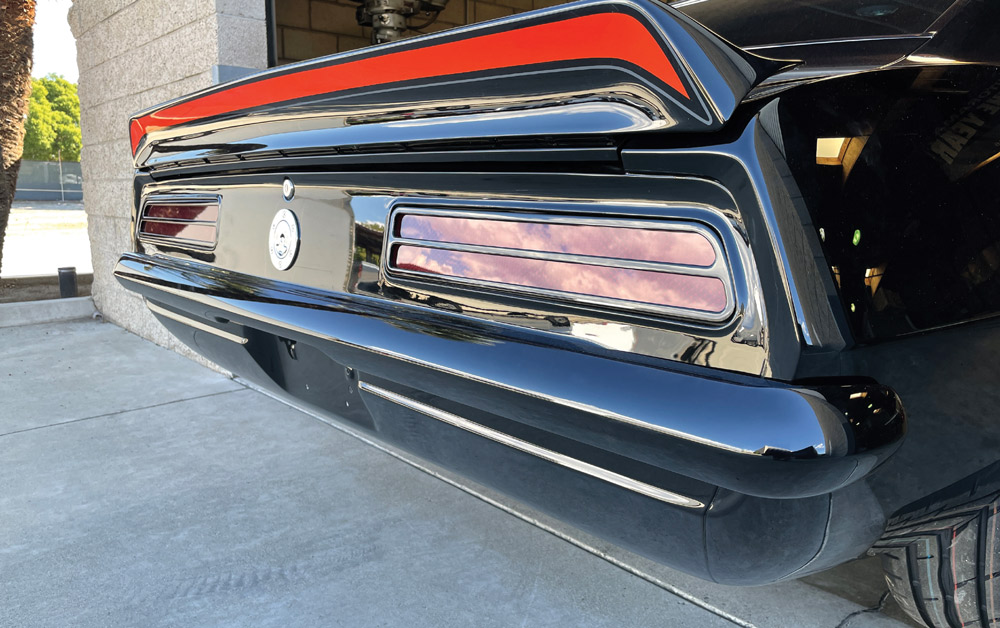
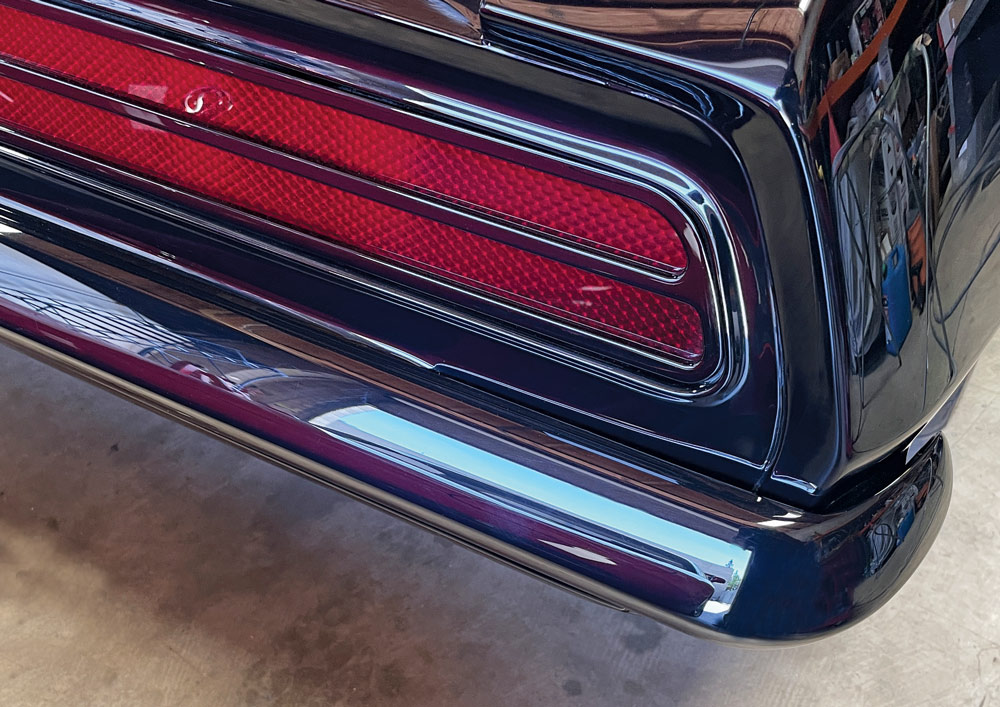
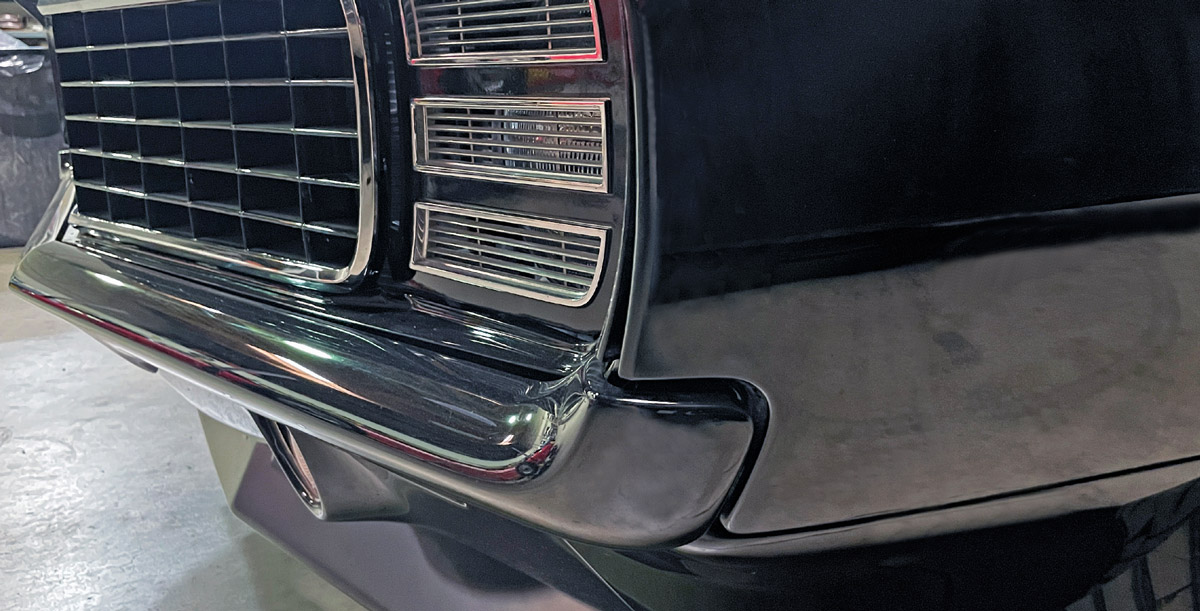
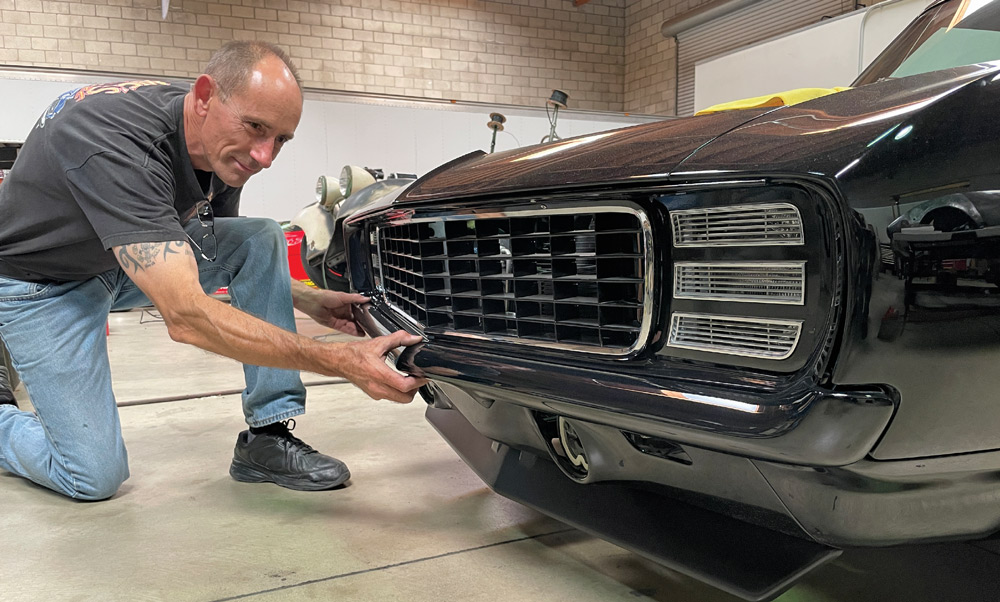
 SOURCES
SOURCES